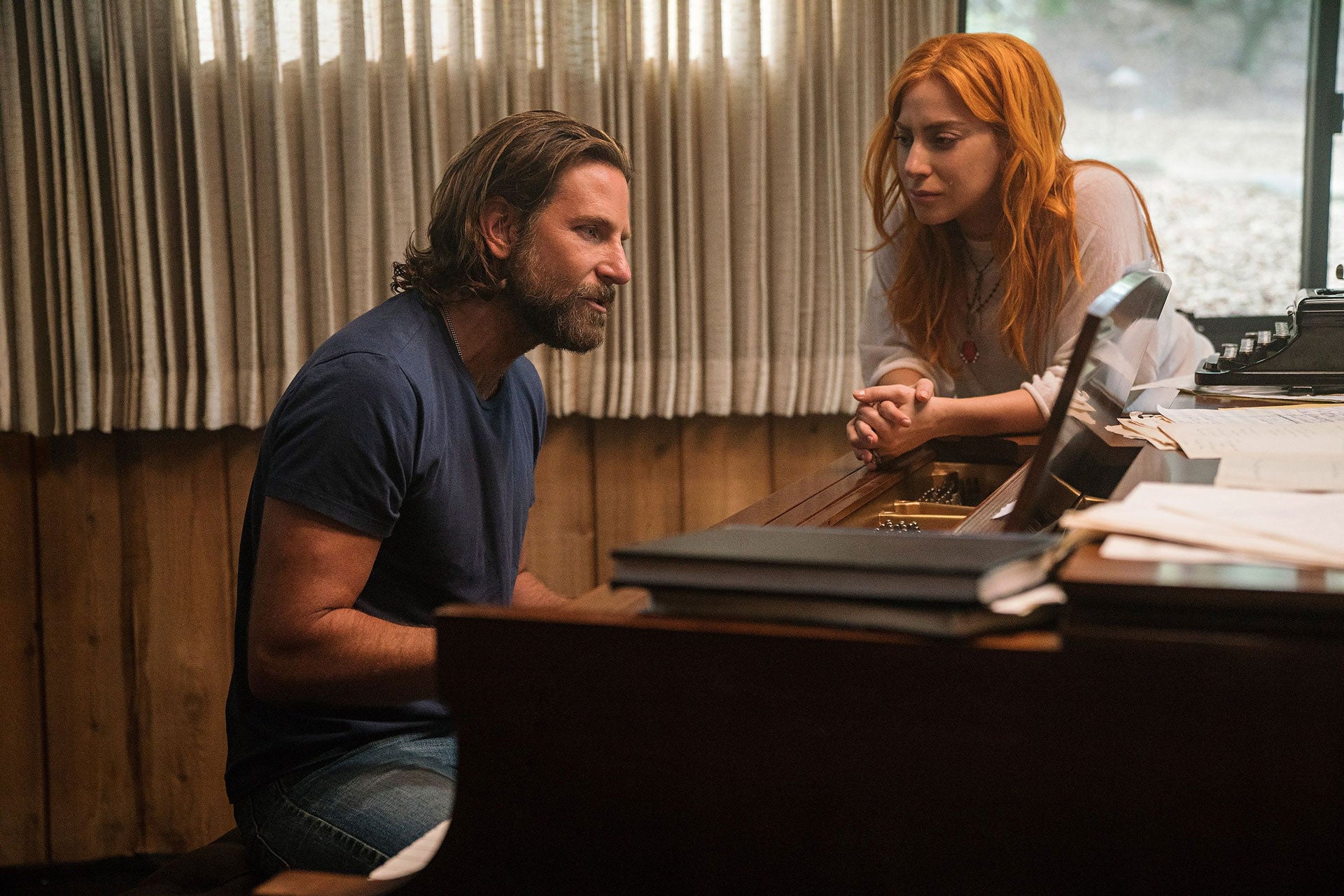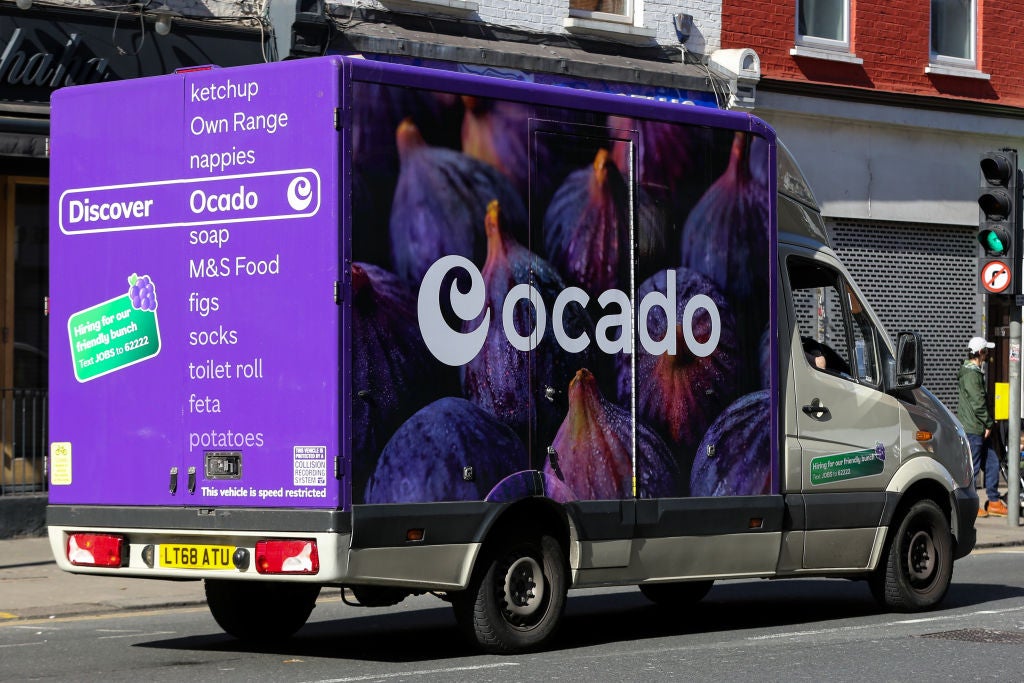
The Academy Awards often fail to pass by without igniting some sort of controversy. From 2018’s ceremony raking in the lowest viewing figures in the history of the Oscars to the infamous La La Land/Moonlight blunder of the year before, it’s rare a broadcast ends without someone’s feathers ruffled.
Leading the bandwagon this year is Best Picture Winner and Spike Lee’s least favourite cup of tea Green Book, which beat critical darlings Roma and A Star Is Born for the Academy’s most coveted award, to the dismay of film journalists and critics.
As well as being in the minority with regards to popular opinion, Green Book is also one of only three of 2019’s best picture nominees not have its audio mixed on Dolby Atmos.
Dolby’s audio-video technologies featured in eight Oscar winning films this year, but perhaps the two standout experiences on Dolby Atmos’ immersive audio system are Roma – winner of the Best Director, Best Cinematography and Best Foreign Language Film awards – and A Star is Born – awarded Best Original Song for its chart-topping single ‘Shallow’.
Both of these films are drastically different pictures in terms of sound design and aural experience, yet find themselves radically transformed in different ways using the 360° degree surround sound system.
What is Dolby Atmos?
The brand new audio format has been developed by Dolby Laboratories and gives the audio of a film a visceral, three-dimensional effect. In a cinema setting, up to 64 speakers are placed at various points above and around the audience.
How well do you really know your competitors?
Access the most comprehensive Company Profiles on the market, powered by GlobalData. Save hours of research. Gain competitive edge.

Thank you!
Your download email will arrive shortly
Not ready to buy yet? Download a free sample
We are confident about the unique quality of our Company Profiles. However, we want you to make the most beneficial decision for your business, so we offer a free sample that you can download by submitting the below form
By GlobalDataIt’s often used for the bombastic auditory sequences of animated and action features, but Roma and A Star Is Born both demonstrate its merits in more restrained works of cinema.
This creates a geographical network of sound which allows designers to direct specific parts of a track around the theatre with pinpoint precision, typically corresponding with the placement of the source of the sound on screen. This results in the sound originating from all around the viewer, creating a truly immersive cinematic experience.
Traditional surround sound still confines audio to a small set of channels, delivering sound to the listener from a limited number of perceived angles. It also limits sound to a channel mix, meaning that if one sound is emphasised another must be diminished.
Creating Roma’s universe
In Atmos, sound is freed from channels and can be positioned anywhere within the cinema’s three-dimensional space. In a film like Roma, entirely reliant on diegetic sound, the impact is striking.
When Yalitza Aparicio walks into the sea its penultimate scene the sound of the waves comes in hard and fast from the speakers on the right hand side of the theatre, rushing over the audience and dying out on the left, matching the visual trajectory of the water. Background characters can be heard chattering and laughing, quiet and distant, from the speakers behind the screen.
One harrowing sequence of the film recreates the Corpus Christi massacre, the noise of screaming and gunshots building around the viewer from a distant background hum to bullets fired above and around them.
The densely layered sounds are spread all around the theatre – this is director Alfonso Cuaron’s most static film, but when the camera does pan or move the sounds mirror the change in visual perspective, giving the viewer the impression that they too are moving through the space.
“For a long time in my films I’ve been trying to take sound very literal in terms of its geography,” says Cuarón. “Atmos was just the most amazing tool for [Roma]. I think that Atmos created the universe of this film.”
Capturing the live feel in A Star is Born
A Star Is Born uses Dolby Atmos to a radically different effect, to portray visceral, intimate live music performances between lead actress Lady Gaga and director-cum-producer-cum-lead actor Bradley Cooper.
Rather than the traditional route of pre-recording a track and layering it on top of a scene, the ambient world receding, Gaga and Cooper’s vocals for A Star Is Born’s musical scenes were all recorded live to give the authentic sound of a live performance.
It was also important to Cooper that these scenes did not give the impression to the viewer that they were a merely a member of the braying crowd in the background, but right up on stage with the performers.
So, Dolby Atmos was used to place the drums in the rear speakers of the cinema, the cries of the audience in front, the base to the left and the guitar to the right, meaning the viewer hears the music just as an on-stage musician would.
Cooper said: “We’re able to sonically create that visual experience [of being onstage], amplify that visual experience, rather than it just coming at you from the front or sort of in four different places, or five or seven. The fact that you could be on that journey… I’m not saying [Atmos is] another character, it is the character, it’s all part of the storytelling.”
Read more: Monsters and Men review: An evocative yet honest take on police brutality







